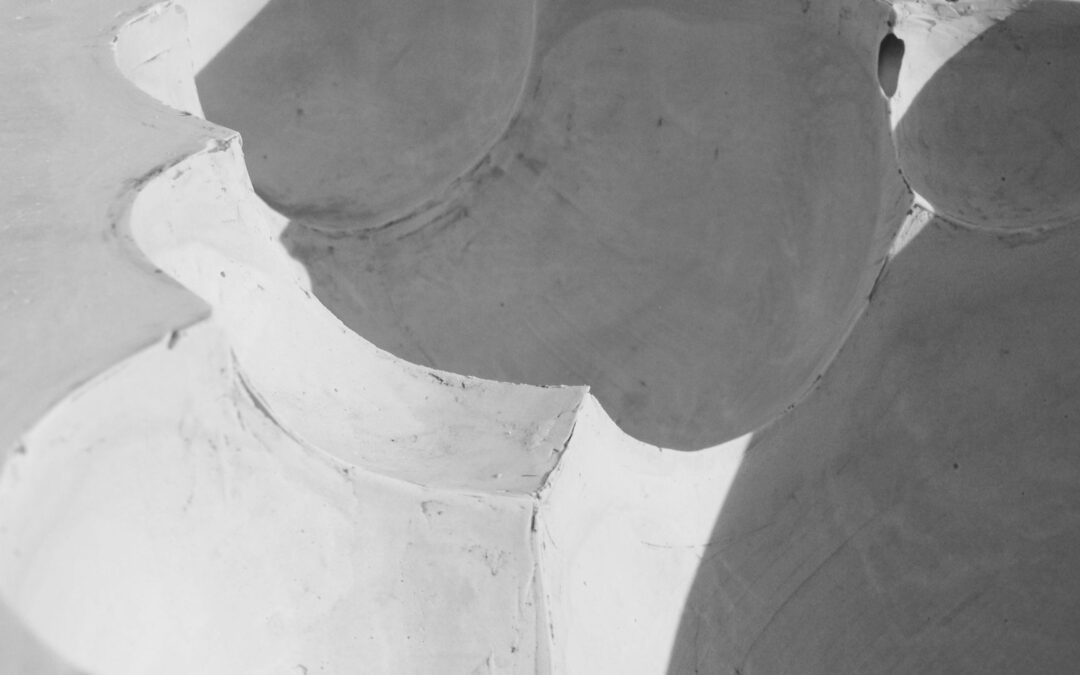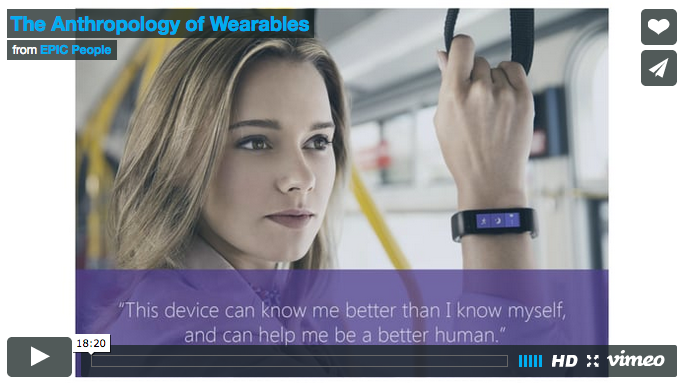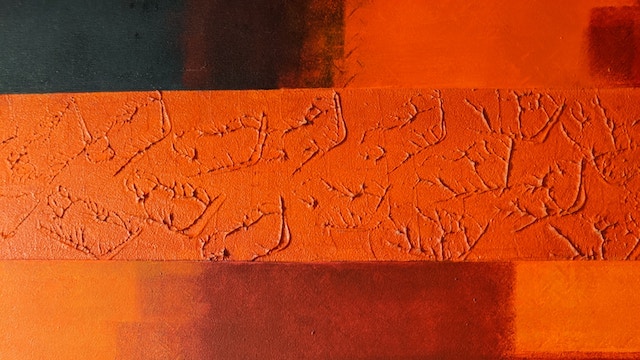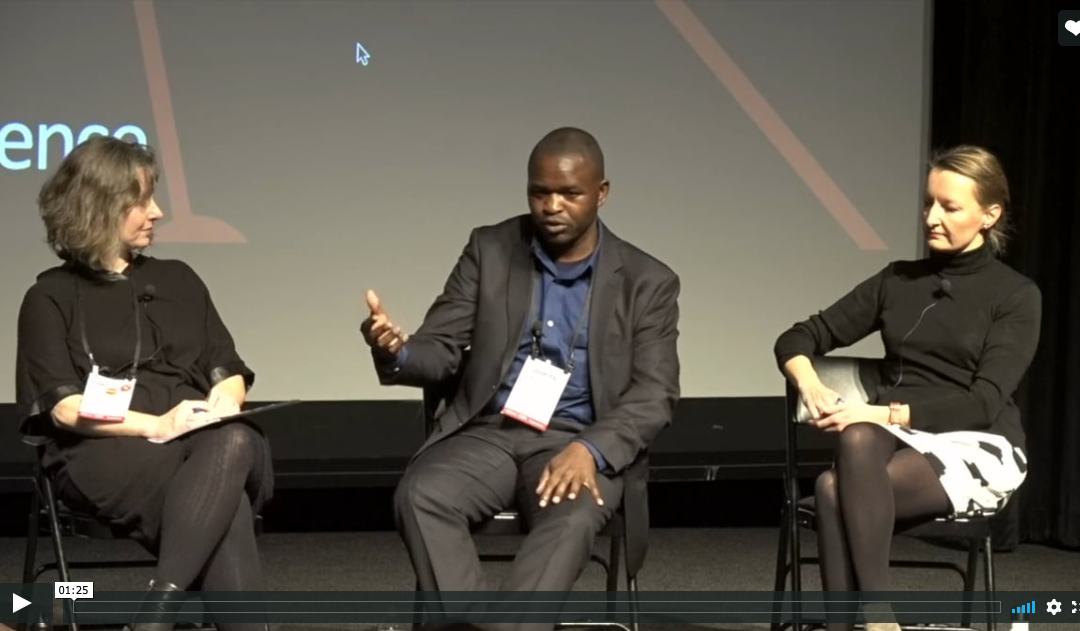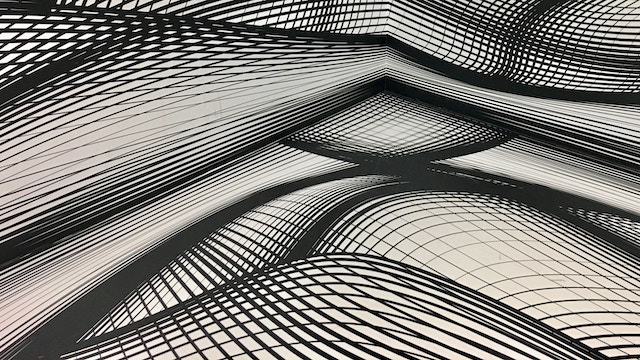I begin with some questions: how have the theories and methods which subtend design research been changed by their migration from academy to industry? How have they adapted to their new commercial culture? What languages and customs have they had to acquire to fit in? To address these questions, I...
